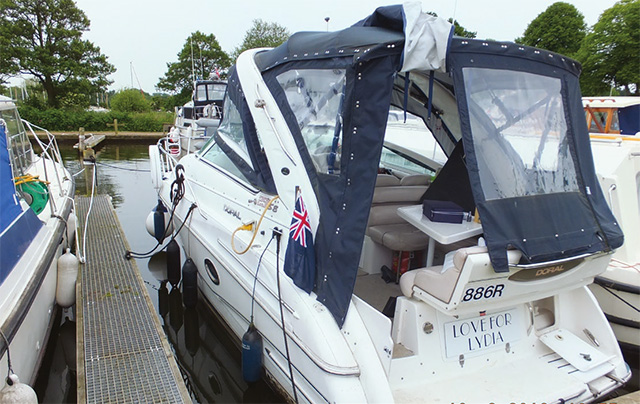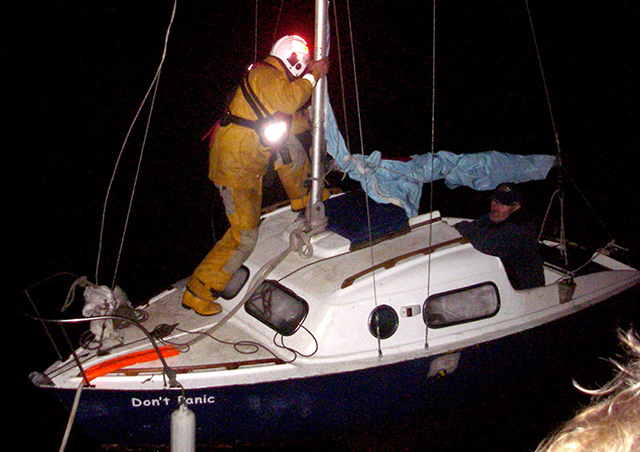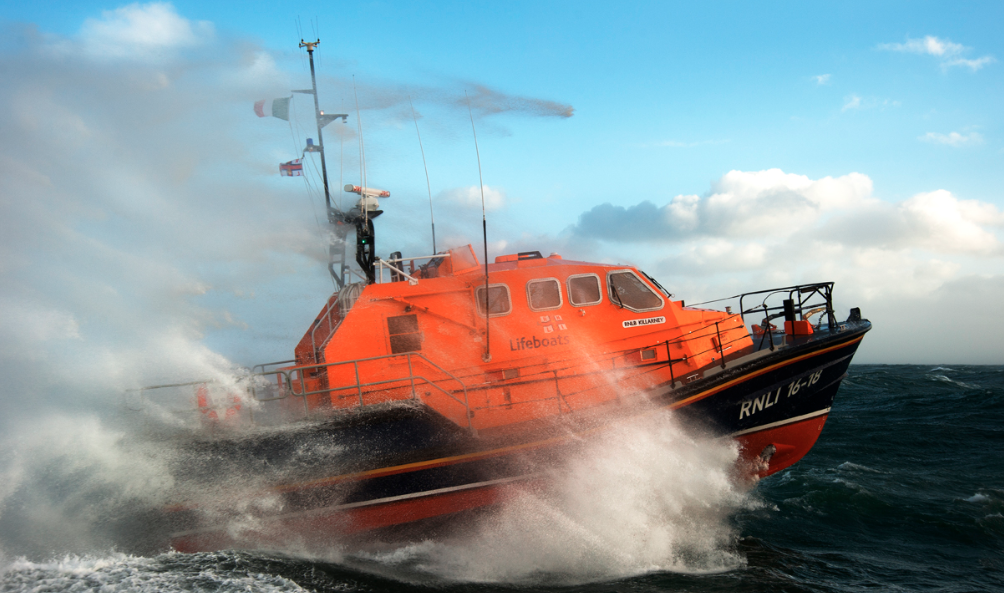The UK Coastguard has issued safety advice for leisure boaters after five people were rescued as their boat sank under them, off the south west coast of Scotland.
At 6.42pm on Saturday night. Belfast Coastguard received 999 calls from the men on the small boat reporting they were sinking with only an approximate location on the coast.
The Coastguard rescue helicopter from Prestwick and Girvan Coastguard Rescue Team were tasked to search and Girvan and Campbeltown RNLI lifeboats were requested.
Coastguard coordinators at Belfast received help from the Irish Coastguard who tracked a precise location for the position of the casualty’s mobile phone. They were located between Ailsa Craig and Girvan.
The Coastguard helicopter arrived on scene and prioritised winching two people from the vessel who weren’t wearing life jackets.
At this point the boat sank in rough water and the three other people were rescued from the water and winched into the helicopter.
The five people were landed nearby and met by Girvan Coastguard Rescue Team and were safe and uninjured.

MCA safety advice for leisure boats
The Maritime and Coastguard Agency (MCA) would like to remind sailors that:
Recreational boaters should wear an appropriate personal floatation device such as a lifejacket or buoyancy aid at all times whilst on deck.
Maritime Communications: When you make an emergency call to the coastguard from VHF radio you will tell everyone within range what your situation is even if you cannot see them – there might be someone nearby who can help you more quickly.
If you are at sea and only have a mobile phone you will only be able to speak to the person you are making the call to. If mobile network coverage is poor then you might not be able to make a mobile call at all, VHF coverage along the coast is generally much better. For remote locations, consider carrying a 406 Personal Locator Beacon to raise the alarm.
Make sure that handheld VHF radios and fixed VHR microphones are stowed correctly. and that they are not inadvertently transmitting – open microphone carriers can render all communications on channel 16 impossible.
Minimum recommended communications equipment required at sea:
Yachts / motorboats (within 30 miles of the coast: A fixed DSC VHF, a charged mobile phone, flares, powerful torch and Personal Locator Beacon. Remember, a hand-held VHF set is only generally capable of a three nautical mile range from boat to boat and five miles from boat to boat maximum because of the reduced aerial height.
Safety warning after fatal carbon monoxide poisoning on motor cruiser
Lessons learned from a carbon monoxide boating tragedy on the Norfolk Broads, which killed a couple and their dog
Stunning footage of yachtswoman airlift during Clipper Race
UK Coastguard have released dramatic video footage of the rescue from the Clipper Race yacht, to medevac a crew member…
‘Don’t Panic’ yacht rescue sparks safety warning
A small yacht without lights, VHF radio, GPS or flares was located by radar and mobile phone light after suffering…
How to repair big holes in GRP boats
Even wrecks can be rescued! Damaged boats can often be bought for a song and then successfully repaired – but…
Safety warning after drama in rough seas
Christmas morning call out for Hastings RNLI lifeboats' volunteers
Daughter sails to safety after father murdered by pirates
Ship rescue after terrifying ordeal
What to do when you run aground
Whether you go to sea under power or sail, you'll almost certainly find yourself aground at some point in your…
Warning on liferafts containing unauthorised medical kits
Medical kits containing unauthorised imported medicines and medical devices may have been supplied inside inflatable liferafts to ships, fishing vessels,…
Warning after men ‘set sail’ in a fridge freezer
The Maritime and Coastguard Agency have issued a warning after three men attempted to use a fridge freezer as a…
DIY Sail repairs – how to do a ‘get you home’ repair
Ben Meakins tries out some useful temporary sail repair methods that will tide you over until you can get to…
How to replace your sprayhood windows
Do you have a foggy view? Don’t throw away your expensive sprayhood or awning – you can replace the windows…














